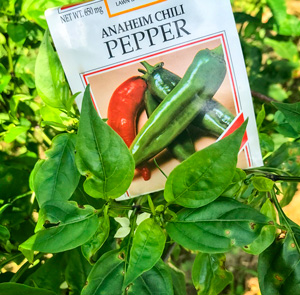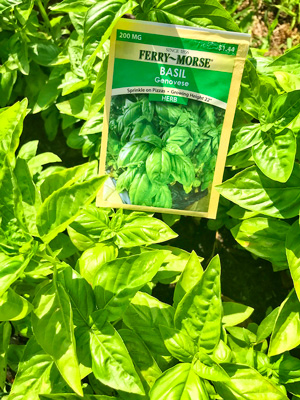Colorado seed vault preserves our food future
By Lisa Nicklanovich; photos courtesy of Bonnie Kirkegaard

Colorado is home to one of the world’s largest collections of seeds, genetic material for livestock, microbes, and endangered plants. The facility, formally known as the National Laboratory for Genetic Resources Preservation (NLGRP), run by the U.S. Department of Agriculture, is not a museum or a farm but a “doomsday vault,” “bomb shelter,” and “Noah’s Ark” meant to preserve precious plant and animal life in case of a natural or man-made disaster, ensuring biodiversity and food security.
The seed vault, as it is commonly referred to, is located in Fort Collins on the Colorado State University campus. Though in a nondescript building, the seed vault has an extremely high level of security and has thick cement walls, designed to withstand natural disasters like tornadoes or severe flooding.
The NLGRP building is temperature controlled, and kept at low humidity to keep the seeds viable longer. Each seed packet is labeled with a bar code that can only be accessed through a secure database.
Built by the federal government in 1953, the Fort Collins location was chosen for NLGRP because of the dry climate and adjacent university. The facility continues to add to its collection as we are facing climate change and ongoing pest and disease outbreaks. The seed vault currently houses more than 850,000 plant seeds and DNA samples from about 160 breeds of livestock.

In addition to seeds and animal matter – which are preserved in very cold rooms or cryopreserved in liquid nitrogen – shoots, roots, stem fragments, and dormant buds are saved for fruits and vegetables which do not grow from seeds. Germplasm from animals, both land and aquatic, as well as insects such as honey bees are also preserved.
A similar facility, the Svalbard Global Seed Vault in Norway, was opened in 2008 and exists under layers of ice and snow in an underground bunker approximately 800 miles from the North Pole. It is the Fort Collins seed vault, however, that tests seeds to ensure their viability before putting them in storage, continues to monitor the seeds over time to ensure that they haven’t degraded and can still be used, and conducts research on the long-term storage of plants.
Seeds and material from NLGRP have already helped farmers and breeders recover from harmful diseases, lethal mutations and natural disasters. Scientists from around the world collaborate with those working in the facility to continually study best practices in securing and sustaining our food supply for the future.
For more information, visit ars.usda.gov.